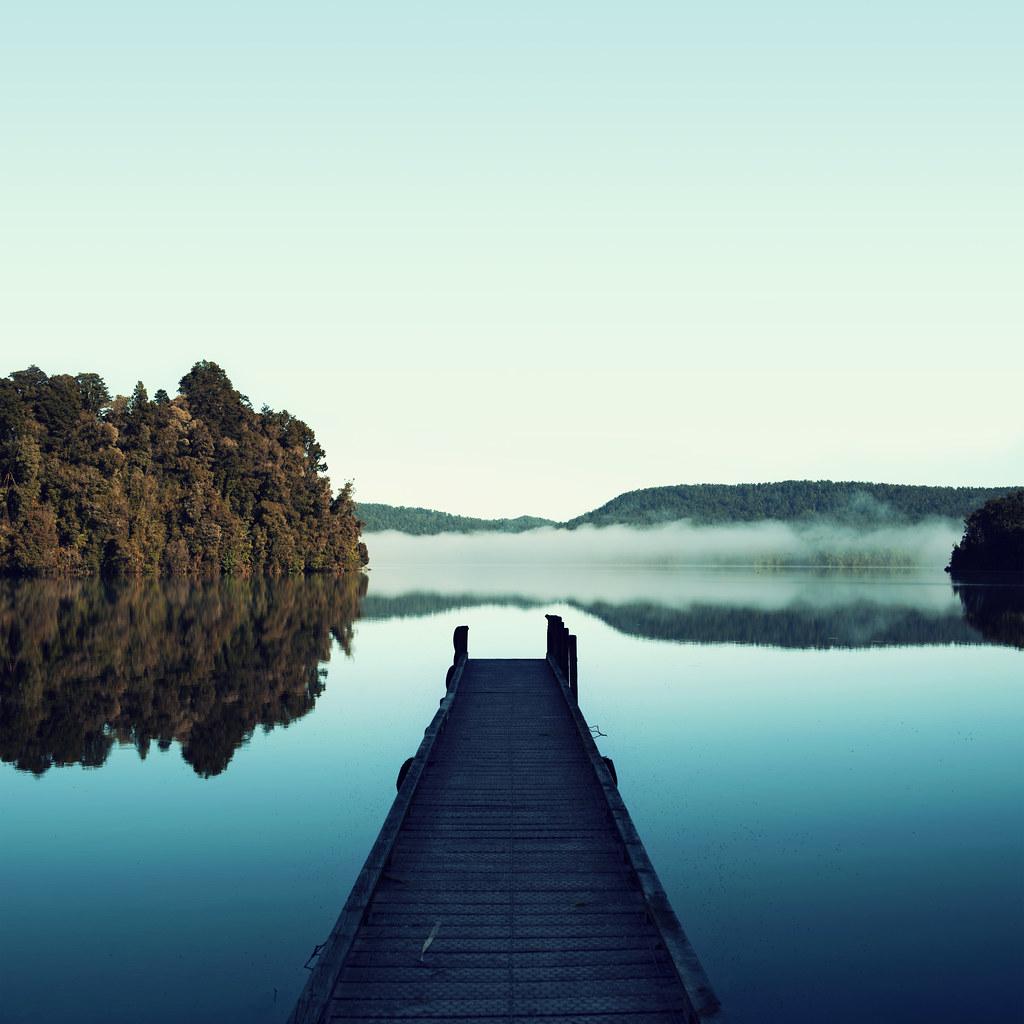Traveling can be an exhilarating adventure, offering new experiences and the chance to explore unfamiliar places. However, for many, the anticipation of a trip is overshadowed by feelings of anxiety and stress. Whether it’s the fear of flying, concerns about navigating through new environments, or the pressure of planning the perfect itinerary, travel anxiety is a common hurdle that can dampen the joy of exploring the world. In this article, we aim to address these concerns with simple yet effective tips to help ease your travel-related worries. By understanding the roots of your anxiety and implementing practical strategies, you can transform your travel experiences into more enjoyable and fulfilling journeys. Let us guide you with empathy and support, as we share insights designed to make your next adventure not just possible, but truly pleasurable.
Understanding the Roots of Travel Anxiety
Travel anxiety often stems from a variety of sources, and understanding these can be the first step towards alleviating it. For many, the fear of the unknown can trigger feelings of unease. Unfamiliar environments, languages, or cultural norms may lead to a sense of vulnerability. Others might experience anxiety due to the potential for unforeseen events such as delays, cancellations, or lost luggage. Recognizing these triggers can empower you to address them head-on.
Here are some common roots of travel anxiety:
- Fear of flying: Turbulence, takeoff, and landing can be particularly distressing.
- Health concerns: Worrying about falling ill or not having access to medical care.
- Social anxiety: Interacting with strangers or navigating crowded spaces can be overwhelming.
| Trigger | Potential Cause |
|---|---|
| Fear of flying | Lack of control, past negative experiences |
| Health concerns | Pre-existing conditions, limited healthcare access |
| Social anxiety | Fear of judgment, crowded environments |

Practical Strategies for a Calmer Journey
Traveling can be an exhilarating experience, yet it’s often accompanied by a fair share of anxiety. The good news is that there are effective strategies to help you find calm and enjoy the journey. Here are some practical approaches to ease your travel stress:
- Plan Ahead: A well-thought-out itinerary can be your best ally. Outline your travel route, book accommodations in advance, and keep a checklist of essentials. Knowing what to expect can significantly reduce anxiety.
- Mindful Breathing: When anxiety strikes, practice deep breathing. Inhale slowly through your nose, hold for a few seconds, and exhale through your mouth. This simple exercise can help you regain focus and calm.
- Embrace Flexibility: While plans are crucial, flexibility is key. Unexpected changes can happen, and embracing them with a positive attitude can transform potential stress into an opportunity for adventure.
To further assist in planning and managing your trip, consider using a travel planner app. These apps can keep all your travel details in one place, provide reminders, and even offer suggestions for local attractions. Here’s a quick comparison of popular travel apps:
| App Name | Features | Cost |
|---|---|---|
| TripIt | Itinerary management, real-time alerts | Free / Premium |
| Google Trips | Offline access, customized suggestions | Free |
| Roadtrippers | Route planning, attraction finder | Free / Premium |
Remember, the journey is just as important as the destination. By employing these strategies, you can turn travel anxiety into a more manageable and even enjoyable experience.

Mindful Techniques to Stay Present While Traveling
Traveling can be an exhilarating experience, yet it often comes with its fair share of anxiety. To truly savor the journey, embracing mindfulness can be a transformative approach. Here are some techniques to help you stay anchored in the moment:
- Grounding Exercises: Before boarding, take a moment to engage your senses. Notice five things you can see, four things you can touch, three things you can hear, two things you can smell, and one thing you can taste. This simple exercise can center your mind and bring you into the present.
- Mindful Breathing: Practice deep breathing exercises. Inhale slowly for a count of four, hold your breath for four, and then exhale for another count of four. Repeat this cycle several times to calm your nervous system.
- Intentional Journaling: Carry a small notebook and jot down your thoughts, experiences, and reflections. This not only helps in processing your journey but also creates a tangible connection to your surroundings.
| Technique | Purpose |
|---|---|
| Grounding Exercises | Engage the senses to stay present |
| Mindful Breathing | Calm the nervous system |
| Intentional Journaling | Reflect and connect with surroundings |
Embracing these practices can turn your travel into a more mindful and enriching experience, helping you to not just see the world but to truly be in it.

Building Confidence Through Preparation and Planning
One of the most effective ways to combat travel anxiety is through careful preparation and planning. By taking proactive steps, you can transform feelings of uncertainty into confidence and anticipation. Here are some strategies to help you feel more in control:
- Research Your Destination: Knowing what to expect can significantly reduce anxiety. Look up local customs, key phrases in the local language, and must-see attractions. This can help you feel more connected and prepared.
- Create a Flexible Itinerary: While it’s beneficial to have a plan, make sure to leave room for spontaneity. A flexible itinerary allows you to adjust to unexpected opportunities or challenges, reducing stress.
- Pack Smart: Make a checklist of essentials and pack them in advance. Consider the climate, activities planned, and any personal comfort items that can ease anxiety, like a favorite book or travel pillow.
| Task | Timeframe |
|---|---|
| Research destination | 1-2 weeks before |
| Create itinerary | 1 week before |
| Pack essentials | 2-3 days before |
By investing time in preparation, you not only reduce the unknowns that can trigger anxiety but also empower yourself with the knowledge and resources needed to handle unexpected situations confidently. Remember, the goal is to make your travel experience as smooth and enjoyable as possible.








































